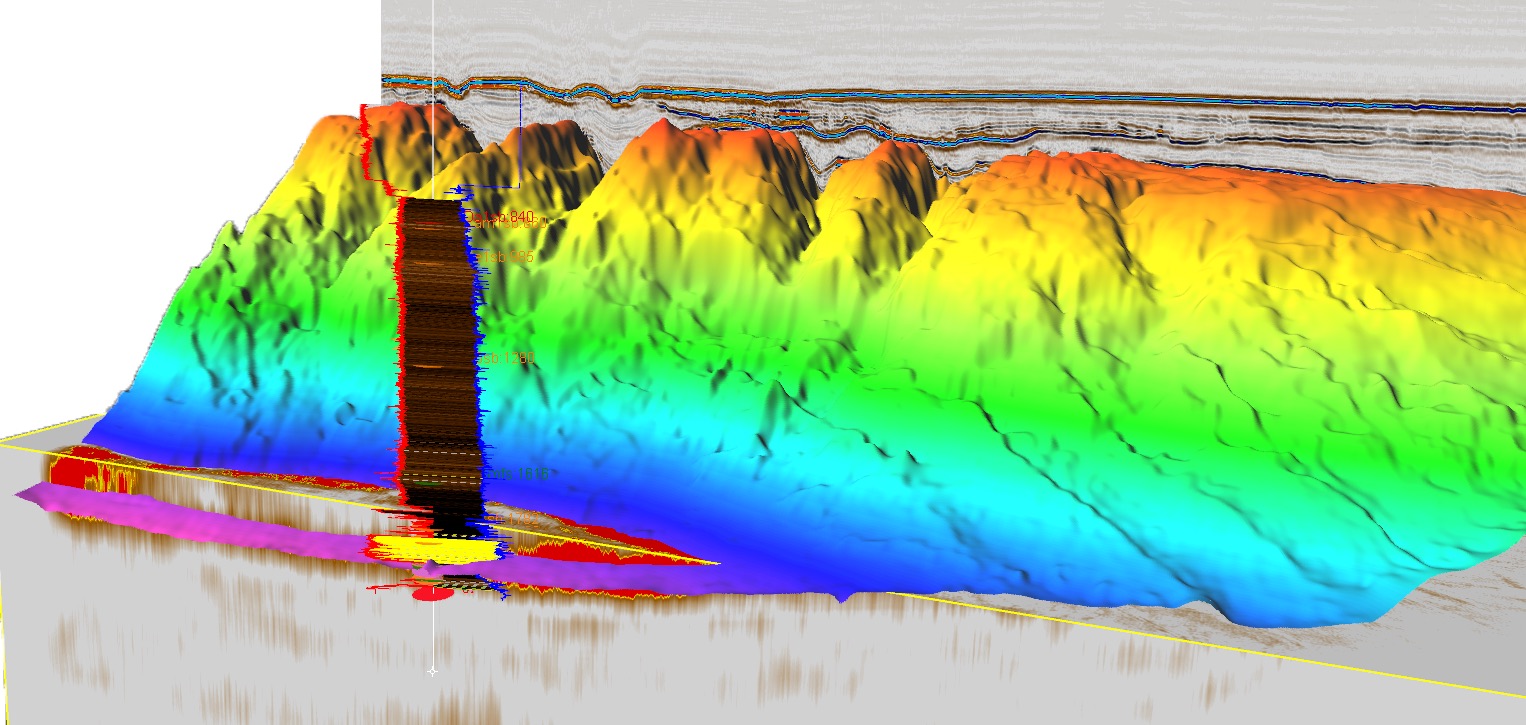Combining structural and stratigraphic analysis for Oil & Gas exploration

- 5 to 10 days with 90% of the training duration devoted to practice on real data, starting with textbook examples of structural and stratigraphic geometries
- Audience: E&P professionals with experience in seismic interpretation
- Learning objectives:
- Grasp the workflow of a 3D seismic interpretation
- Perform a combined stratigraphic and structural seismic interpretation
Course description
each topic can be addressed in ½ day or more deeply over 1 day
Topic 1 - Opening session
- Surveys presentation of the Barents Sea 3D seismic block and training objectives
- Recapitulation of the seismic fundamentals that are of direct relevance for interpretation
- Seismic data preparation, display and overview
Topic 2 - Seismic Well-tie
- Digital well logs display (maps and plates), QC, and stratigraphic analysis
- VClay, GROSS, Net to GROSS, Net Sand computation
- Synthetic seismogram computation, seismic well-tie and horizon identification
Topic 3 - Structural interpretation
- Introduction to extensional, compressional, strike-slip, inverted, and salt tectonics
- Fault picking, correlation and mapping
- Interpretation in term of deformational system, stress and strain directions, and fault interplay.
Topic 4 - Seismic stratigraphy
- Introduction to basic concepts of sequence stratigraphy
- Recognition of seismic stratal pattern and stratal termination
Topic 5 - Seismic interpretation
- Reminder of picking tips
- 2D horizon picking along 2 lines and inlines/crosslines
- 3D propagation with various picking parameters
Topic 6 - Creation of geologically relevant maps
- Gridding of structural surfaces
- Isochron computation and analysis
Topic 7 - Seismic attributes
- Amplitude extraction along key horizons and/or discrete stratigraphic intervals
- Signification, computation and usage of various common seismic attributes
Topic 8 - Seismic facies
- Seismic facies analysis in cross-sectional view
- Recognition of depositional environments with seismic attributes
- Introduction to seismic geomorphology
Topic 9 - Depth conversion
- Review of the different types of velocity
- Time to Depth conversion using Sonic logs or Time/Depth charts from well data
Topic 10 - Leads and prospect
- Structural & stratigraphic lead analysis: entrapment, reservoir extension
- Volume calculation using petrophysical parameters

